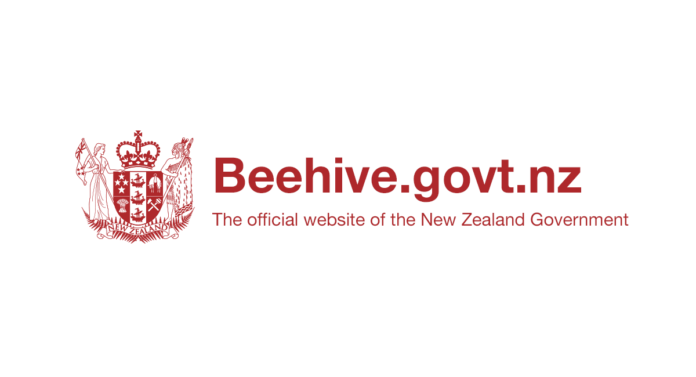Source: New Zealand Government
Two projects to manage the devastating impact of pests on some of the country’s most scenic and biodiverse landscapes in the Tongariro area are receiving a helping hand through the Government’s Jobs for Nature programme, Conservation Minister Kiri Allan says.
“The Karioi Rāhui project, which covers 14,000ha, will create jobs in one of New Zealand’s most seasonal work reliant communities.
“Southern Ruapehu sustainable employment statistics paint a pretty grim picture with average income well-below the national average in Ohakune and Raetihi,” Kiri Allan said.
“This is a result of seasonality and casual employment directly relating to agriculture, market gardening and tourism which has seen a particularly significant loss of employment because of COVID-19.
“Karioi Rāhui will go some way to addressing these issues as well as generating a locally-based skilled workforce which can undertake conservation work in place of workers who previously have often come in from outside the region.
“The project area contains almost half of the priority threatened species in the Tongariro/Taupō region with the largest mistletoe population in the North Island and the largest studied short-tail bat population in New Zealand.
“Targeting both animal and plant pests it will be delivered by Ngāti Rangi-owned business Ruapehu WorX, and will employ up to nine people over three years.”
Lake Rotoaira Forest Trust (LRFT) will receive $753,000 to employ five people over three years to remove invasive predators from around Lake Rotoaira.
“It will also allow the project to extend weed control management in the highly significant Rotoaira Wetlands. The wetlands are close to Tongariro National Park World Heritage Area, Tongariro Forest Kiwi Sanctuary and Whio Security Site, Pukepoto Ecological Area and the Kaimanawa Forest Park.”
The work is guided by a pest management strategy called E Ora Tāne, developed by several Ngāti Tūwharetoa-aligned organisations following wānanga with landowners, hapū and trustees to identify the tikanga values and aspirations in a Pest Management Strategy for their whenua.
“It is led by tangata whenua who will work to achieve large scale pest management over a huge landscape in coordination with adjacent owners/land managers such as the Department of Conservation, forestry managers, Genesis and Māori-owned farm, forest and land trusts.
“This is work those doing it can justifiably be proud of, and from which the rest of us will benefit for years to come,” Kiri Allan said.



